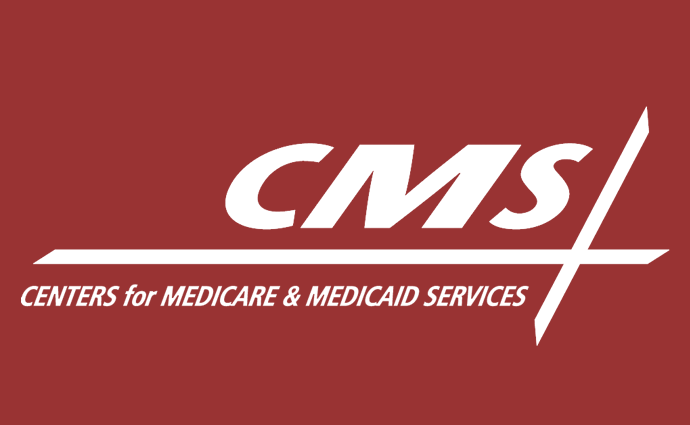CMS Releases Final 2021 Payment Notice, Extends QHP Timeline
The CMS final 2021 payment notice is intended to lower premiums, enhance program integrity, and increase market stability among other goals.

Source: CMS Logo
- CMS has released the final 2021 payment notice along with news that it will extend the qualified health plan timeline by one week to account for coronavirus uncertainties in premium rate setting.
“Overall, the final rule minimizes the number of significant regulatory changes to provide states and issuers with a more stable and predictable regulatory framework that facilitates a more efficient and competitive market,” the fact sheet opened.
The changes reflect five priorities including lower premiums, program integrity, market stability, consumer experience, and low regulatory burden.
The payment notice provided a blueprint for helping payers engage in value-based care, lowering healthcare costs and maintaining low cost-sharing through Value-based Insurance Designs (VBID). However, adopting VBID is optional and does not bestow any particular preference on qualified health plans that choose to embrace the format, which groups like America’s Health Insurance Plans (AHIP) sought to fast-track.
CMS also clarified policies related to direct drug manufacturer support and coupons in the payment notice.
“Issuers will be permitted, but not required, to count toward the annual limitation on cost sharing amounts paid toward reducing out-of-pocket costs using any form of direct support offered by drug manufacturers to enrollees for specific prescription drugs,” the fact sheet explained.
The payment notice amended medical loss ratio regulations. The amendments demanded that health payers exclude from their incurred claims any savings in prescription drug rebates, payer price concessions, and price concessions by a pharmacy benefit manager. These amendments, as well as other reporting changes, will go into effect in 2023 for the claims from 2022.
CMS also set aside certain benefits as “quality improvement activities” and factored those into MLR reporting and calculation.
User fee rates stayed the same as the 2020 rates for the federal health insurance marketplace at three percent of the premium. For the state-based exchange on the federal platform, the user rate fee will be 2.5 percent of the premium for benefit year 2021.
The final rule also aimed to expand access to coverage by enhancing special enrollment periods. When individuals on silver plans and their dependents lose eligibility for cost-sharing reductions, the special enrollment period will allow them to switch to another metal plan. However, the metal can only be one level higher or lower than their new plan.
Additionally, CMS diminished the time between plan selection and plan effective dates for beneficiaries who enroll in a plan during special enrollment period
Special enrollment period eligibility expanded under the finalized rule to include qualified small employer health reimbursement arrangement enrollees on a non-calendar year plan. Their special enrollment period will be the same as other non-calendar year group health plans or individual health insurance plans.
These changes to special enrollment periods are set to take effect in 2022.
Additionally, state-based exchanges that have their own platforms received extra flexibility in the final rule. These state health insurance marketplaces will be allowed to show quality rating information from CMS or the state’s data.
This payment notice enhances periodic data matching processes for advance payments of the premium tax credit payments (APTC) and reinforces benefits reporting for essential health benefits. The changes follow other steps that the Trump Administration has taken to improve program integrity in the past, for Medicaid and Medicare particularly.
The agency chose not to finalize the automatic re-enrollment changes include in the proposed rule. The alterations would have required enrollees on $0 plans to have their APTC eligibility re-assessed on an annual basis, or risk discontinuation.
This is not the first time the agency made a move to change automatic re-enrollment but ended up backing down. CMS considered ending the process for the 2020 plan year but decided against it when payer organizations, including Blue Cross Blue Shield Association and AHIP, rallied in defense of the process.
As in 2019, commenters on the proposed rule came out strongly against changes to automatic re-enrollment.
In tangent with the final rule, CMS said it would provide some leniency for qualified health plans setting their 2021 premium rates, in light of the uncertainty stemming from the coronavirus pandemic.
“CMS is also announcing today a one week extension of the Qualified Health Plan (QHP) certification and rate review timelines,” the press release added. “This additional time will allow issuers and states to better collect and assess data around the effects of COVID-19 and thereby establish more accurate premium rates.”
